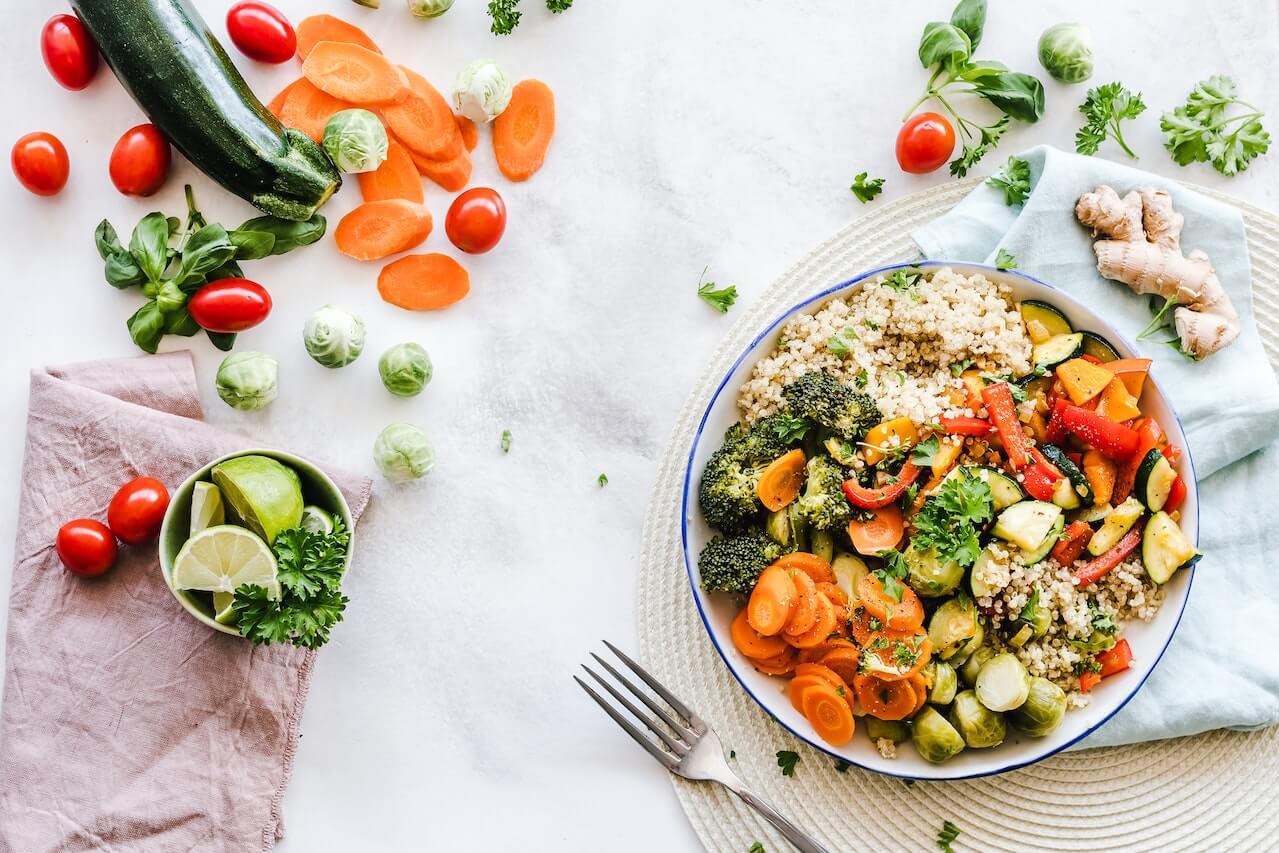This article will walk through the vegan diet, what foods are low GI that you should include in a vegan diet, and what foods to minimize. You’ll find meal and snack ideas and tips to help you follow a lower-GI diet.
Let’s start with a quick overview of the glycemic index and the vegan diet.
Foods that are high on the glycemic index are refined carbohydrates, meaning they are often high in sugar and low in fiber, fat, and protein. Foods that fall lower on the GI index are whole grains, vegetables, fruits, beans, nuts, seeds, most dairy products, and meats.
<p><strong></strong><p class="pro-tip"><strong>Read more about</strong> the glycemic index<strong></strong></p></p>
When you do eat foods higher on the glycemic index it is just important to know how to combine them with foods high in protein, fat, and fiber. This will help slow their absorption and will help keep your blood sugar stable.
{{mid-cta}}
What does it mean to follow a vegan diet?
A vegan diet eliminates all animal foods and ingredients from animal sources. It focuses on fruits, vegetables, and grains with protein coming from beans and legumes, nuts, and seeds.
A recent study looked at the effects of a vegan diet on blood sugar control in people with type 2 diabetes and those at risk for type 2 diabetes1. The results found that despite the vegan diet being high in carbohydrates, those following it had reduced blood glucose levels, better glycemic control, and improved insulin sensitivity. They also had reduced body weight, improved cholesterol and lipid levels, and lower blood pressure1.
So a vegan diet may sound like the perfect way to eat if you are on a low glycemic diet, but there can be pitfalls if you aren’t careful. Many of the foods on a vegan diet are high in carbohydrates, so knowing what to eat, what to limit, and how to combine food into a meal is important.
Let’s explore what you should eat and things to avoid if you are following a vegan, low GI diet.
What foods to eat on a low-glycemic vegan diet
- Grains: Whole grains, like quinoa, brown rice, oatmeal, and barley all make a good base for a meal.
- Beans & Legumes: Fiber-rich beans like chickpeas, black beans, or lentils give a nice protein boost.
- Soy: Edamame, tofu, and soy protein powders are good sources of protein and low-glycemic2.
- Fruits: Apples, pears, apricots, peaches, plums, berries are lower on the glycemic index.
- Nuts & Seeds: Walnuts, almonds, pecans, nut butter, chia seeds, flax seeds, and pumpkin seeds all contain protein and are good sources of other nutrients important for vegans.
- Vegetables: Non-starchy vegetables like leafy greens, asparagus, broccoli, Brussels sprouts, mushrooms, and cauliflower are all low on the glycemic index.
- Healthy Fats: Avocado, grapeseed oil, olive oil
- Starchy Vegetables: corn, peas, winter squash, and potatoes can be paired with lower glycemic foods along with fat and protein which will help slow the rise in your blood sugar.
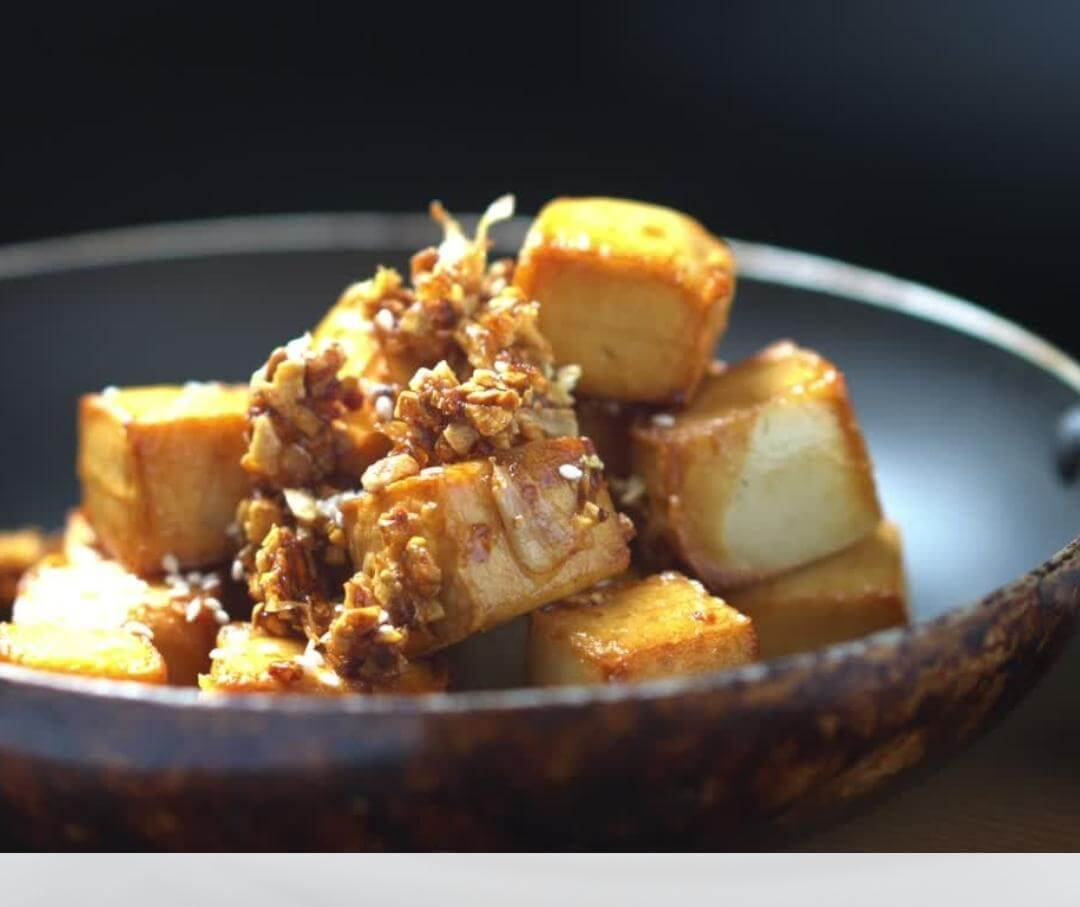
Foods to avoid on a low-glycemic vegan diet
Are there foods that aren’t great choices for someone wanting to follow a low-glycemic vegan diet?
- Refined Grains: White bread and rolls, white rice, enriched white pasta, pancakes, waffles, and chips.
- Pastries: Cookies, cakes, and candy
- Sugary Drinks: Soft drinks, kombucha, sweetened tea, and energy drinks
- Cereals and cereal bars: Sugar-coated and refined cereals, some instant oatmeals, granola bars, cereal bars.
- Agave: Even though it’s vegan and low glycemic, agave is essentially concentrated fructose. Overconsumption of agave can lead to excess fat stored in the liver (the liver is the only place that fructose can be stored).
Many of these foods aren’t great sources of nutrition anyway. But if you are going to enjoy these, pair them with something that is high in fat and protein. Fat and protein help lower and slow the rise in your blood sugar and keep it more stable.
<p><strong></strong><p class="pro-tip"><strong>Read more about</strong> the best plant-based protein sources<strong></strong></p></p>
How to make sure you're getting enough nutrients on a low-glycemic vegan diet
Because a vegan diet eliminates all animal products, you need to pay extra attention to making sure you are getting the nutrients your body needs. There are some vitamins and minerals that are primarily found in animal products and may be lacking in a vegan diet.
A recent systematic review found that people who follow a vegan diet do have lower intakes of riboflavin, niacin, vitamin B12, vitamin D, iodine, zinc, calcium, potassium, and selenium. The study also found lower intakes of protein than people following a western diet3.
The good news is that many lower GI foods are still good sources of most of these nutrients and by eating a variety of foods you can make sure you get all the nutrition you need.
For instance, while meat is an excellent source of B vitamins including riboflavin and niacin, you can find those in whole grains4,5. Beans, nuts, and seeds, in addition to being a primary source of protein for vegans, and are also a good source of zinc and omega-3 fatty acids6. Leafy greens and soy products including tofu and soy milk are good plant-based sources of calcium7.
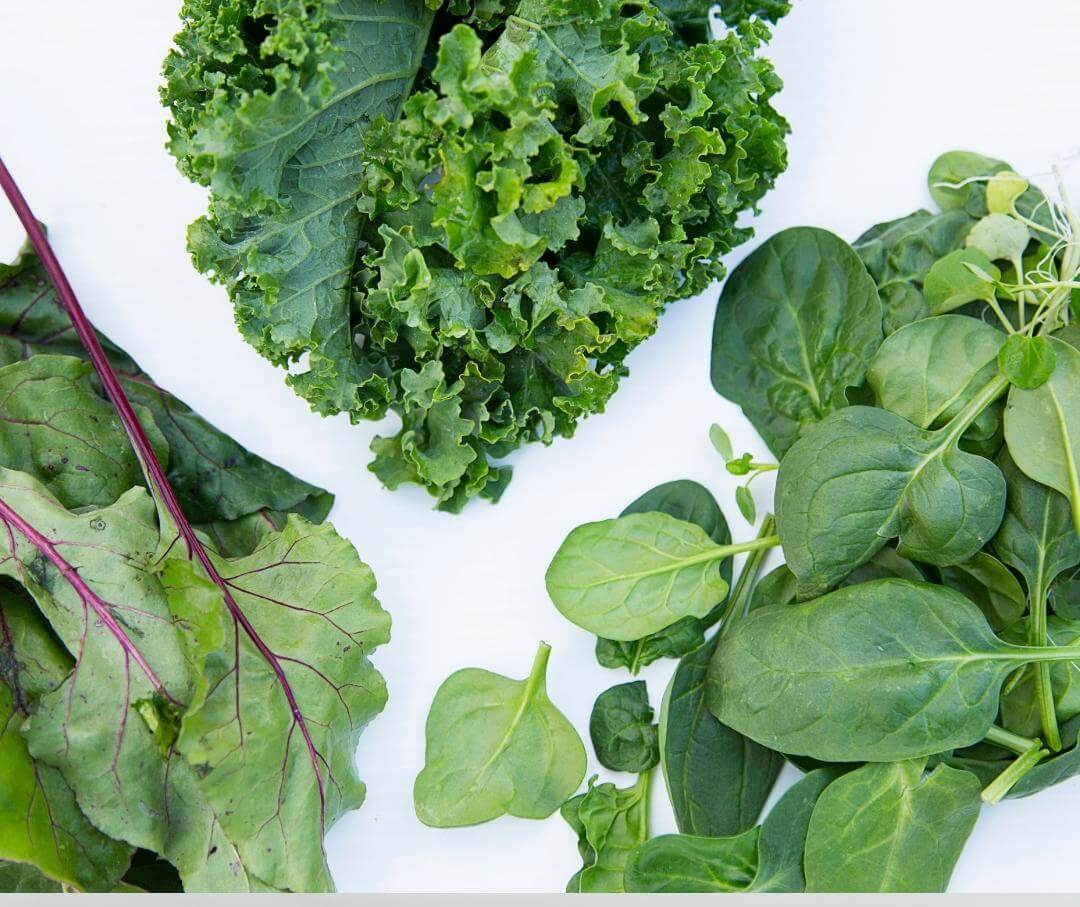
<p><strong></strong><p class="pro-tip"><strong>Read more about</strong> the health benefits of vitamin D<strong></strong></p></p>
Easy meal recipes for a low-glycemic vegan diet
Still not sure what to eat if you are trying to follow a low-glycemic vegan diet? Here are a few meal and snack ideas to help you create a balanced weekly meal plan. Swap in foods and flavors you love and mix it up.
Breakfast:
Overnight oats with almond butter, almond milk, apples, and cinnamon. Make this the night before so it is ready in the morning.
- ½ cup rolled oats
- ½ cup almond or soy milk
- 1 tsp. chia seeds
- ½ tsp. cinnamon
- 1 tbsp almond butter
- ¼ cup chopped apples
Combine the oats, almond milk, chia seeds, and cinnamon in a mason jar or bowl. Stir well to combine all the ingredients. Cover tightly and place it in the refrigerator to chill overnight. In the morning, stir in the almond butter and finely chopped apples.
Calories: 330, Carbs: 44g, Fiber: 9g, Sugars:,11g, Protein: 10g, Fat: 15g, Vitamin D: 1mcg, Calcium: 330mg, Iron: 3mg, Potassium: 390mg
Avocado Toast with Roasted Chickpeas
- 2 slices whole-grain toast
- ½ avocado, mashed
- 1 tsp. lime juice
- ¼ cup roasted chickpeas
- ¼ tsp. chili powder
- ¼ cup diced red onion
Place toast on a plate. In a small bowl, mash the avocado and mix with the lime juice. Spread the avocado over the 2 slices of toast. Top each piece with ½ the chickpeas. Sprinkle with chili powder and diced red onion.
Calories: 330 Carbs, 49g Fiber: 14g, Sugars: 7g, Protein: 14g, Fat: 15g, Vitamin D: 0mcg, Calcium: 26mg, Iron: 3 mg, Potassium: 580mg
Lunch:
Lentil Soup with Greens and Whole Grain Crackers
This is an easy lunch that can be prepared ahead. You can make your own lentil soup or look for a lower-sodium canned soup that is vegan.
- 1 cup lentil soup (Amy’s, Pacific Foods are good brands)
- ½ cup chopped kale or Swiss chard
- Whole-grain crackers
Heat the soup in a medium saucepan. Add the chopped greens to wilt. Serve with crackers on the side.
Green Salad topped with Pasta and Beans in Pesto
- 2 cups mixed greens
- 1 cup cooked chickpea pasta
- ½ cup cannellini beans, rinsed and drained
- ¼ cup diced red pepper
- ¼ cup diced sweet onion
- ¼ cup diced zucchini
- ¼ cup diced yellow squash
- 2 tbsp. pesto (no cheese)
Place mixed greens on a large plate. In a medium bowl combine the pasta, beans, and vegetables. Toss with the pesto. Add the pasta and vegetables on top of the salad greens and toss.
Calories: 470, Carbs: 63g, Fiber: 14g, Sugars: 8g, Protein: 23g, Fat: 18g, Vitamin D: 0mcg, Calcium: 180mg, Iron: 7mg, Potassium: 1300mg
Dinner
Sesame Ginger Tofu Stir Fry
- 2 tsp. peanut oil
- 1 tsp. toasted sesame oil
- ¼ cup chopped onion
- 1 tsp. minced garlic
- 1 tbsp. sliced ginger
- 1 cup broccoli florets
- ½ cup carrots
- 1 sliced portabella mushroom (UV grown)
- 3 oz. firm tofu, pressed and cut into cubes
- ½ cup shredded bok choy
- 2 tsp. soy sauce
- ½ cup brown rice
In a large skillet heat the peanut oil and sesame oil over medium-high heat. Add the onion and stir fry it for 2-3 minutes until just translucent, being careful not to burn it. Add the garlic and ginger and cook for 1 minute. Stir in the broccoli, carrots, and sliced mushroom, and stir fry for about 4 minutes. Remove the vegetables from the skillet and add the tofu. Cook until it begins to brown on all sides. Add the vegetables back to the pan and add the bok choy to wilt. Stir in the soy sauce and toss to coat. Serve over brown rice.
Calories: 410, Carbs: 44g, Fiber: 8g, Sugars: 7g, Protein: 18g, Fat: 20g, Vitamin D: 24mcg, Calcium:170mg, Iron: 3mg, Potassium: 850mg
Veggie Burger with Roasted Brussels Sprouts and Salad
- 1 veggie burger (such as Dr. Praeger’s Black Bean Quinoa Veggie Burger)
- 1 whole-grain bun
- 1 cup Brussels sprouts, halved
- 2 tsp. chopped walnuts
- 1 tsp. extra virgin olive oil
- 1 tsp. balsamic vinegar
- 2 cups salad greens with tomatoes and red onions tossed with 2 tsp. extra virgin live oil and 1 tsp. balsamic vinegar
To roast the Brussels sprouts: Preheat the oven to 425°F. Toss Brussels sprouts with olive oil and chopped walnuts. Place on a sheet pan and roast in the oven for 15 minutes, or until browned and tender. Remove from the oven and toss with 1 tsp. balsamic vinegar.
Snacks
6 oz. soy-based yogurt and ½ cup of berries
2 tablespoons of hummus with veggies
<p><strong></strong><p class="pro-tip"><strong>Find more ideas for</strong> low glycemic snacks<strong></strong></p></p>
Tips for following a low-glycemic vegan diet
There are three easy tips to keep in mind if you are following a low-glycemic vegan diet.
- Focus on eating protein at each meal. Protein will help slow the absorption of those higher carbohydrate/ higher GI foods. Foods like tofu, beans, nuts, and nut butter are good choices.
- Aim for at least 5 grams of fiber at each meal. Fiber will help keep you full longer and will also slow the absorption of higher GI foods.
- Eat a variety of food. It’s easy to get into a rut, especially for breakfast and lunch, but do your best to mix it up a bit so you get a variety of nutrients every day. This will help ensure you get all the nutrients your body needs.
Want to learn more about how a low-glycemic vegan diet could affect your blood sugar levels? A continuous glucose monitor (CGM) can show you how your blood glucose levels respond to different types of food, allowing you to better control blood sugar spikes.
<p><strong></strong><p class="pro-tip"><strong>Learn about</strong> getting started with Signos<strong></strong></p></p>
- Item 1
- Item 2
- item 3
Topics discussed in this article:
References
- Pollakova, D., Andreadi, A., Pacifici, F., Della-Morte, D., Lauro, D., & Tubilil, C. (2021). The Impact of Vegan Diet in the Prevention and Treatment of Type 2 Diabetes: A Systematic Review. Nutrients, 13(6), 2123. https://doi.org/10.3390/nu13062123
- Foster-Powell, K., Holt, S. HA., & Brand-Miller, J.C. (2002). International table of glycemic index and glycemic load values: 2002. The American Journal of Clinical Nutrition, 76(1), 5-56. https://doi.org/10.1093/ajcn/76.1.5
- Bakaloudi, D.R., Halloran, A., Rippen, H.L., Wickramasinghe, K., Breda, J., & Courdakis, M. (2020). Intake and adequacy of the vegan diet. A systemic review of the evidence. Clinical Nutrition, 40(5), P3503-3521. https://doi.org/10.1016/j.clnu.2020.11.035
- National Institutes of Health (NIH), Office of Dietary Supplements (ODS). (2021). Riboflavin Fact Sheet for Health Professionals. https://ods.od.nih.gov/factsheets/Riboflavin-HealthProfessional/
- National Institutes of Health (NIH), Office of Dietary Supplements (ODS). (2021). Niacin Fact Sheet for Health Professionals. https://ods.od.nih.gov/factsheets/Niacin-HealthProfessional/
- National Institutes of Health (NIH), Office of Dietary Supplements (ODS). (2021). Zinc Fact Sheet for Health Professionals. https://ods.od.nih.gov/factsheets/Zinc-HealthProfessional/
- National Institutes of Health (NIH), Office of Dietary Supplements (ODS). (2021). Calcium Fact Sheet for Health Professionals. https://ods.od.nih.gov/factsheets/Calcium-HealthProfessional/

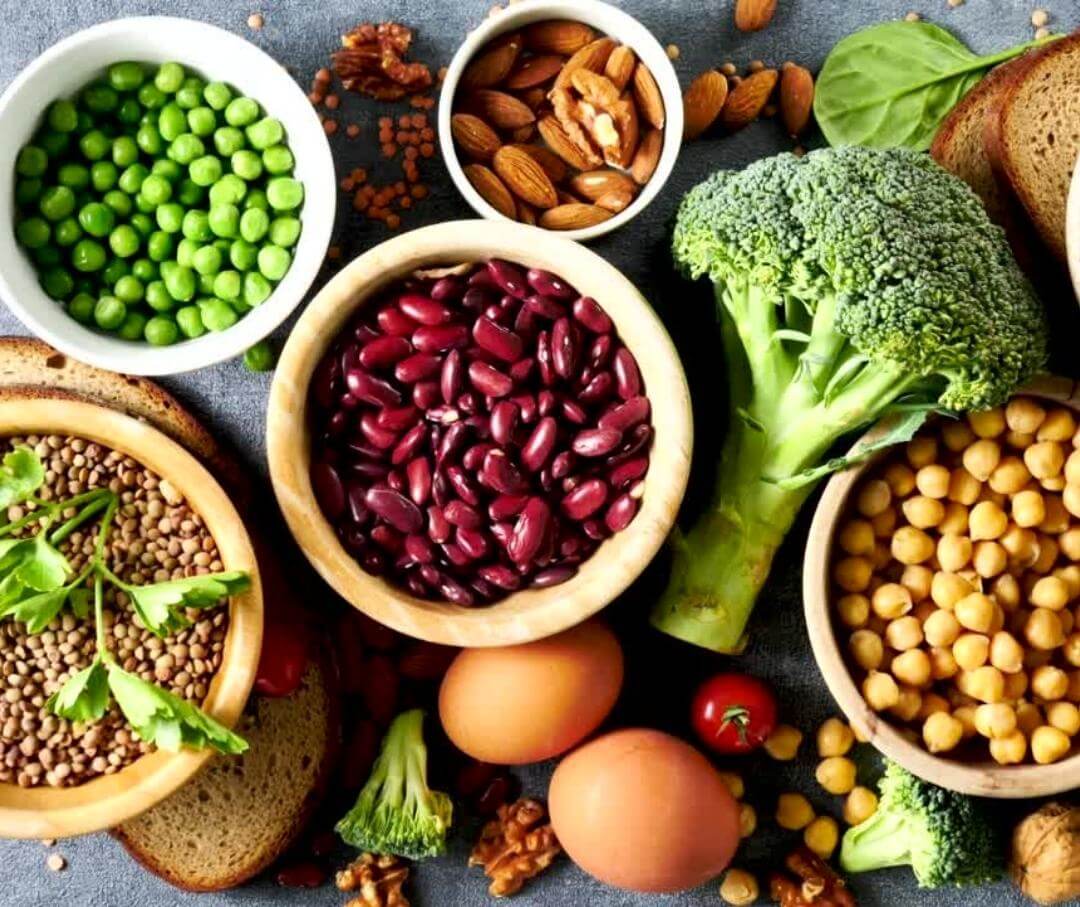
.jpg)

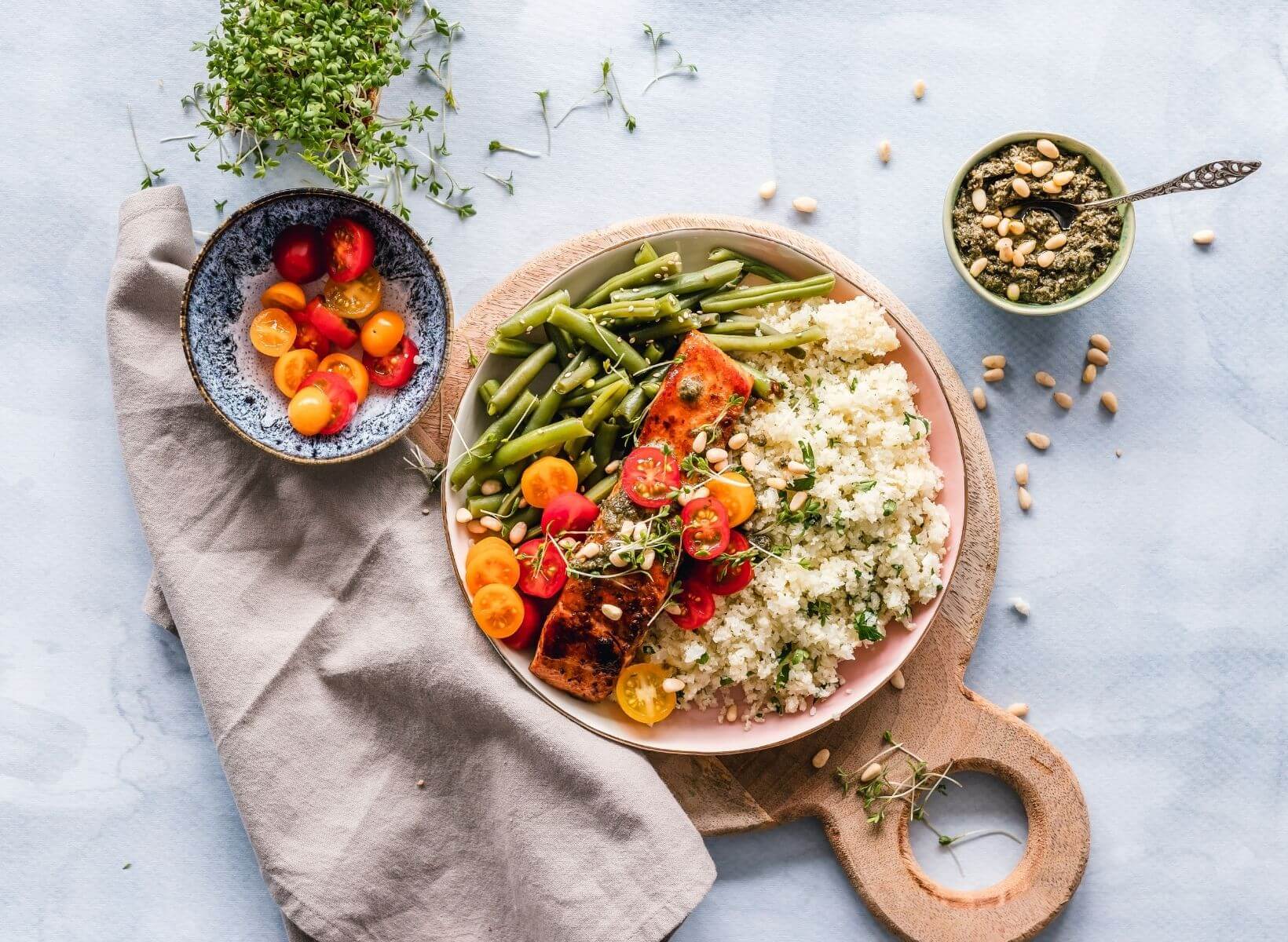
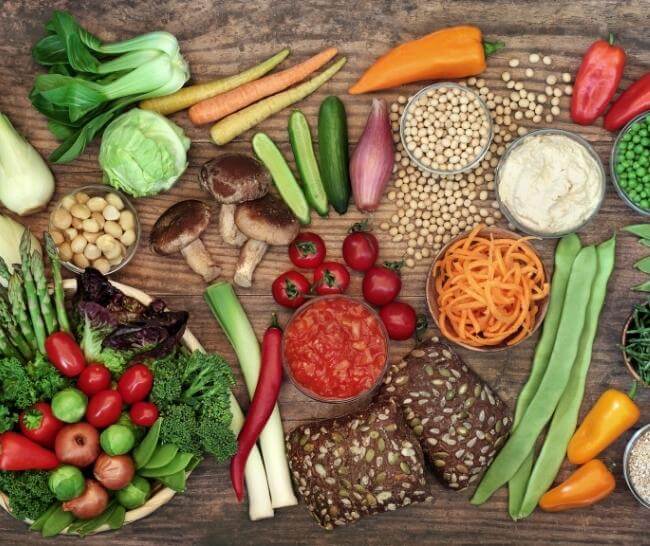
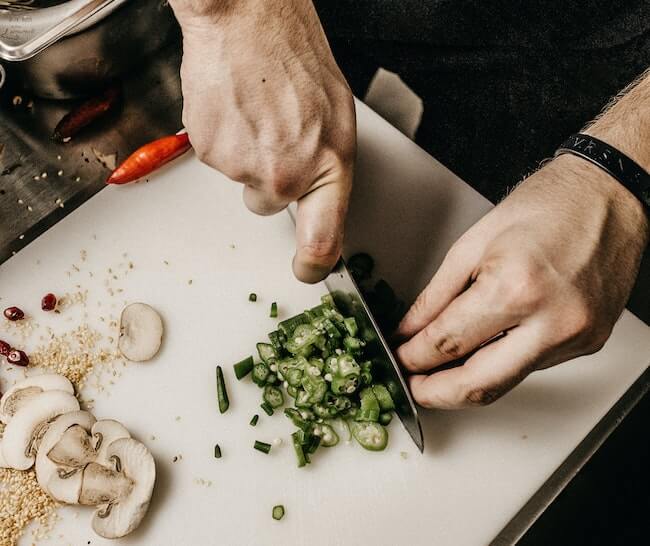
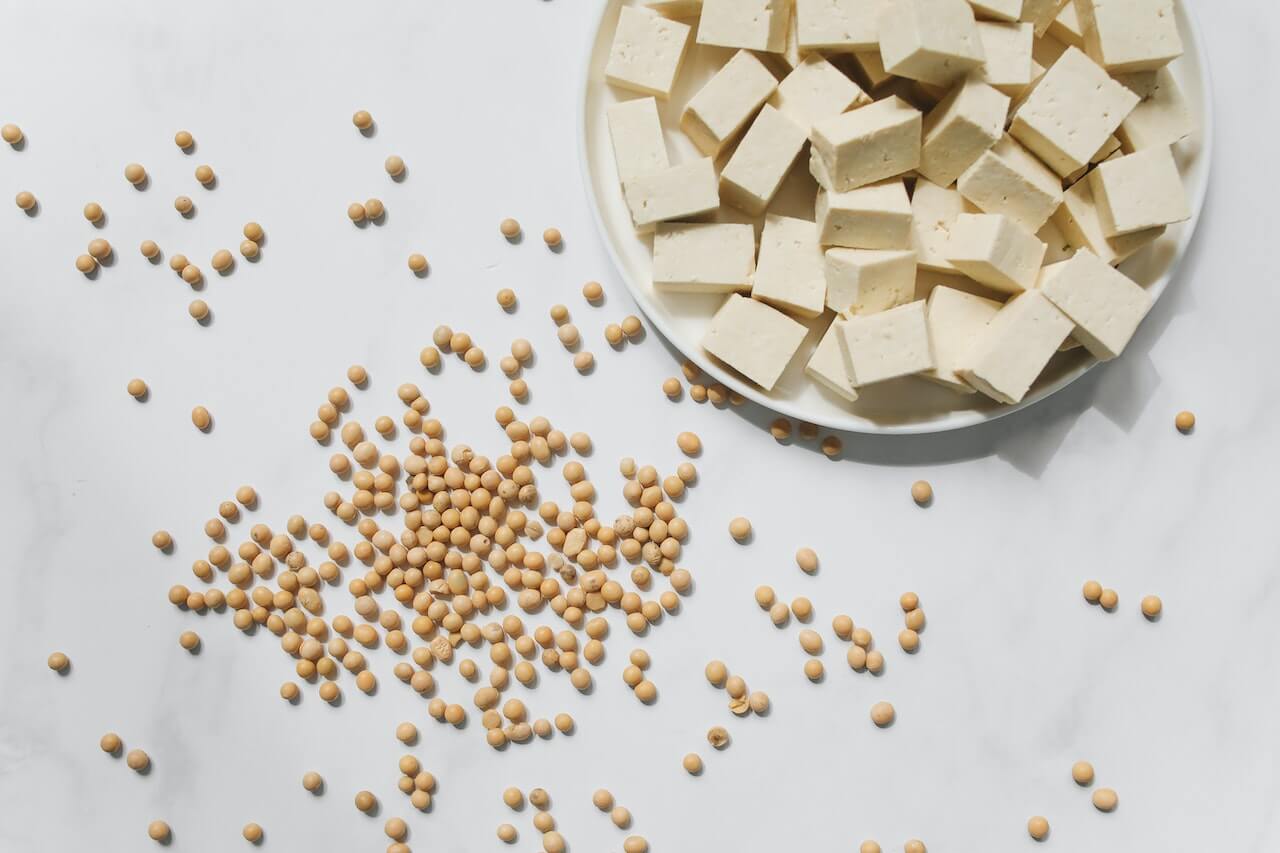
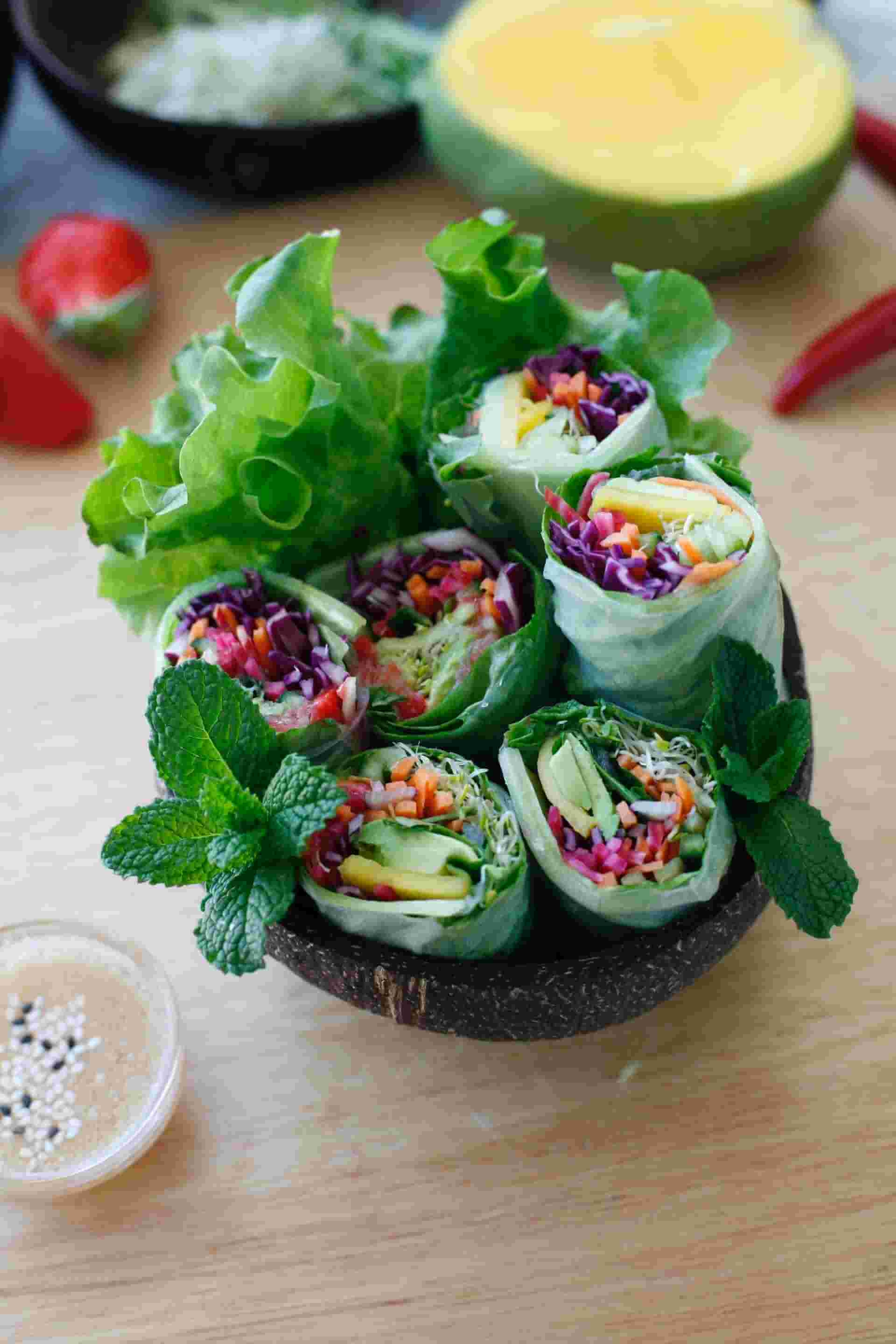
.jpg)
